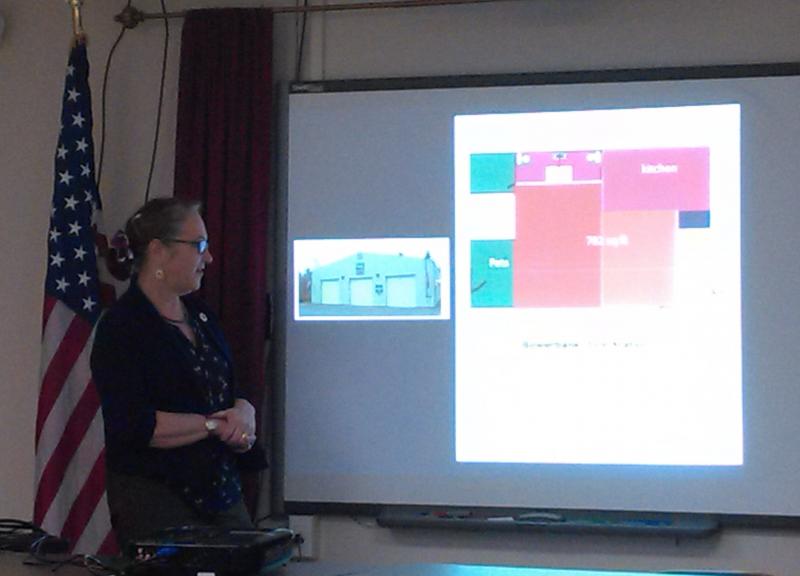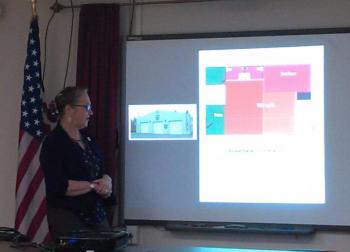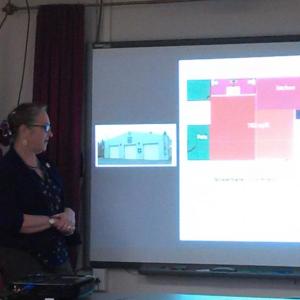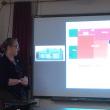‘Remember, you’re a lifeboat, not a cruise ship’
The Lincoln County 911 conference room was the setting for a shelter site workshop by the American Red Cross on April 17 and hosted by Lincoln and Sagadahoc County EMA organizations.
Members representing EMA organizations in Damariscotta, Alna and Lincoln County and the West Bath, Bath and Arrowsic fire departments attended the morning session. The focus was to assist towns in creating shelters for use in a disaster.
Red Cross site relations disaster liaison Laurie Levine presented the material that covered the basics. Working with the Maine Emergency Management Agency, Levine serves as the Red Cross mass care coordinator for the state and is responsible for shelter, food, emergency supplies and a host of disaster services.
She explained there are different types of shelters throughout the state, including Red Cross-managed shelters, partner-managed shelters and independently managed ones. The Red Cross manages 65 regional shelters in Maine. In addition to food, water and bathroom facilities, these shelters also provide disaster mental health services, spiritual care, medical supplies and other disaster relief.
Wiscasset Community Center serves as the Red Cross regional shelter in Lincoln County. According to Levine, Lincoln Academy is being looked at as a possible additional shelter in the county.
“The goal is to take care of the community in an independent shelter for the first 48-72 hours until it’s safe to travel, so they can then be transported to a Red Cross regional shelter. Accessibility is the law,” she said, encouraging those attending to be mindful of legal requirements in selecting a shelter facility. “You need 120 square feet per person in a shelter for ADA compliance.”
Levine also discussed the importance of creating a safe place for animals if their owners are in a shelter during a disaster. She explained that after Hurricane Katrina in 2005, disaster services “shifted.” “People wouldn’t leave their homes without their animals.”
As a result, in 2006, Congress passed a Pets Evacuation and Transportation Standards (PETS) Act, which required FEMA to create plans for pets and service animals in a disaster. States now have Community Animal Response Teams (CARTs) responsible for the animals. “Sheltering animals is a huge component of response,” she advised.
In discussing the needs for a shelter independently managed by the community, she explained that the facility needs heat, water, bathroom facilities and other basics but does not need to be plush. “Remember, you’re a lifeboat, not a cruise ship.”
Attendees were encouraged to identify possible facilities in their communities that could hold up to 50 people. Those buildings should have a generator, but a plan can also be made with the power companies so that shelters are placed first on the list to have power restored after a disaster.
Levine suggested schools, hospitals and similar facilities may be good potential local shelters. Mitigation grants to help purchase generators are available. Levine and her team will help EMAs survey buildings to see if they are suitable as future shelters.
Event Date
Address
United States

























